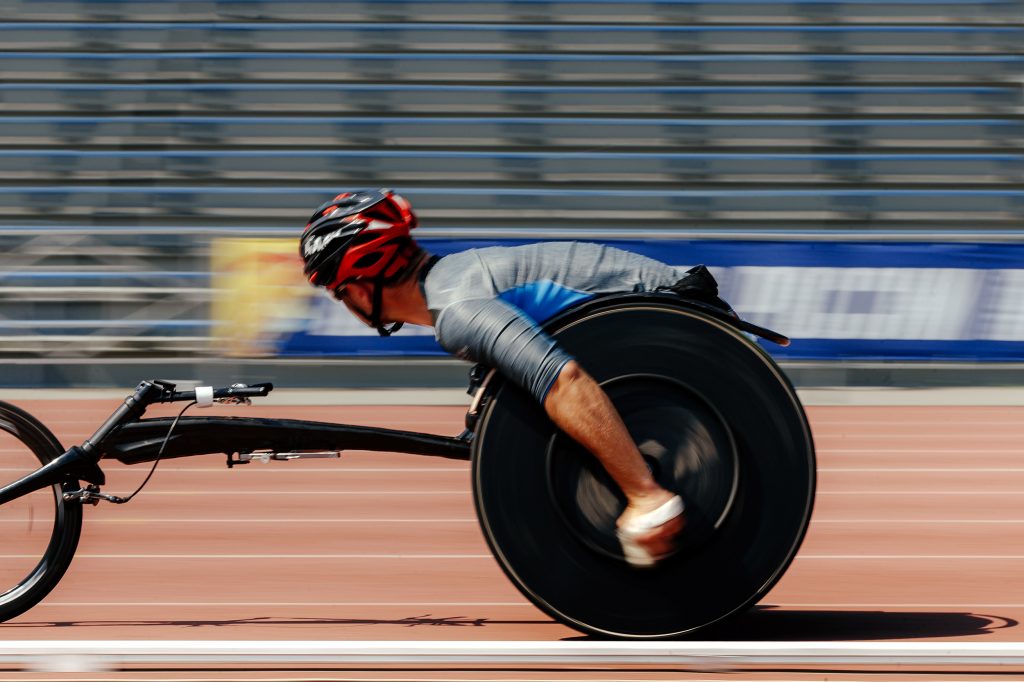Becoming Para Ready

In 2017, 6.2 million Canadians reported having a disability and it was estimated that only 3% of those individuals engaged in regular organized physical activity (Statistics Canada, 2017; Government of Canada, 2012). Of the often-limited opportunities available, individuals experiencing disability may choose to participate through either segregated or integrated programs. Segregated sport programs are typically…
Football Canada Concussion Management
Despite high public angst about concussions in sport, participation in football is on the rise. Football Canada reported a 44% increase in the participation of boys and girls up to the U18 level between 2014-2018. In the SIRC blog, learn how Football Canada is using research and innovative technology to keep the sport safe through…
A sport-based critical hours program for low-income youth

Project Summary This program of research addressed three important issues faced by Canadian children; the problem of low physical activity, the need to increase sport participation, and the absence of programming during the ‘critical hours’ after-school period (see Active Health Kids Canada, 2012 Report Card for a review). It is particularly important to offer critical…
In Search of Inspiration: Re-thinking the Potential for Demonstration Effects

Major sport events in Canada and around the world have been cancelled in the wake of the COVID-19 global pandemic. For sport administrators, researchers and policymakers, this pause represents a unique opportunity to reflect on the desired impacts and legacies of future sport events. Event bids are often full of claims about the positive impacts…
The Digital Gamification of Youth Sport Engagement

Gamification is the use of game techniques, such as the allocation of points and rewards, to provide incentive and fuel the competitive spirit in aspects of life outside of sport (Bunchball, 2020). Examples are abundant, and include Points Days at Shoppers Drug Mart, using an Aeroplan credit card to earn travel miles, or opening a…
Football Canada and Concussions
Coaches and officials play an important role in Football Canada’s concussion prevention and management strategy. “Athletes need to know how to perform the skills properly, which means we have to give our coaches the tools to teach those skills and our officials the tools to deal with it effectively in competition.” Learn more in the…
“We Are Headstrong”
Two years ago, SIRC launched the “We Are Headstrong” campaign, supporting a nation-wide discussion about concussion management and prevention. For Throwback Thursday, we reflect back on the importance of a harmonized approach, leveraging the data, and continued learning to changing the sport concussion landscape in Canada.
Football Makes Bold Pivot

Football in Canada is enjoying a resurgence at a time when public angst over concussions in sport has never been greater. While most sports grapple with ever-more-worrisome trends – declining participation and increasing concerns over athlete safety – football is flourishing, especially at the youngest age groups. There’s no razzle dazzle here. The people behind…
MLSE’s MISSION Model
MLSE LaunchPad’s MISSION Measurement Model builds on three years of refining the organization’s research and evaluation activities to increase youth engagement. Emerging best practices include keeping it short, only asking question that will inform decision-making, using “I” statements, and digitizing the process.
Nutrition for Concussion Prevention
Discussion about concussion prevention and management typically focuses on changes to policies and practices, recognizing the signs and symptoms, and strict return to play protocols. But what about nutrition? Check out the two-part series on the role of nutrition in concussion protection and recovery in the SIRCuit.